Photo Gallery for Pococera robustella - Pine Webworm Moth | 74 photos are available. Only the most recent 30 are shown.
|
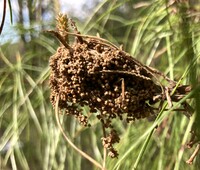 | Recorded by: Dean Furbish on 2024-04-01
Wake Co.
Comment: | 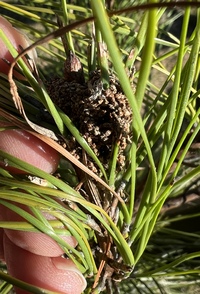 | Recorded by: Stephen Dunn on 2024-02-15
Orange Co.
Comment: |
 | Recorded by: Dean Furbish on 2023-10-23
Pender Co.
Comment: |  | Recorded by: Dean Furbish on 2023-10-23
Pender Co.
Comment: |
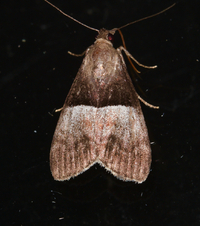 | Recorded by: Jim Petranka on 2023-08-13
Madison Co.
Comment: | 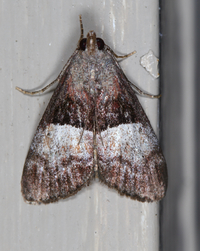 | Recorded by: Jim Petranka on 2023-08-05
Madison Co.
Comment: |
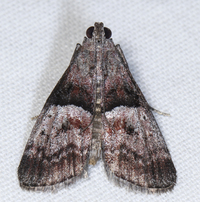 | Recorded by: John Petranka, David George on 2023-08-05
Orange Co.
Comment: | 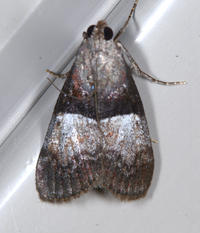 | Recorded by: Jim Petranka on 2023-07-31
Madison Co.
Comment: |
 | Recorded by: David George, Stephen Dunn, Jeff Niznik on 2023-07-31
Swain Co.
Comment: | 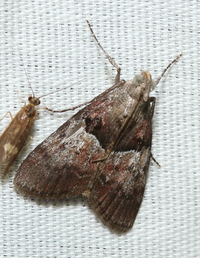 | Recorded by: David George, Stephen Dunn, Jeff Niznik, Rich Teper, Becky Watkins on 2023-07-30
Swain Co.
Comment: |
 | Recorded by: David George, Stephen Dunn, Jeff Niznik, Rich Teper, Becky Watkins on 2023-07-29
Swain Co.
Comment: | 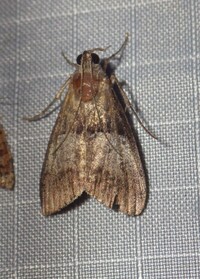 | Recorded by: Lenny Lampel on 2023-07-26
Mecklenburg Co.
Comment: |
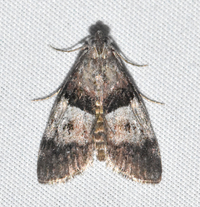 | Recorded by: Emily Stanley on 2023-07-18
Yancey Co.
Comment: | 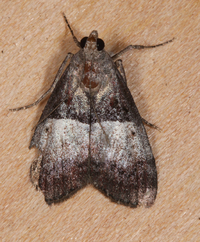 | Recorded by: Jim Petranka and Becky Elkin on 2023-07-12
Madison Co.
Comment: |
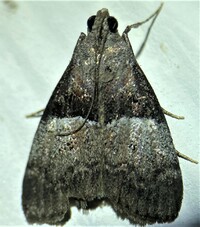 | Recorded by: Dean Furbish on 2023-07-11
Wake Co.
Comment: | 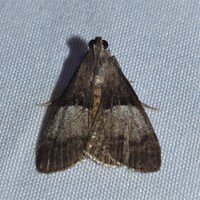 | Recorded by: David George, Stephen Dunn, Jeff Niznik on 2023-07-06
Orange Co.
Comment: |
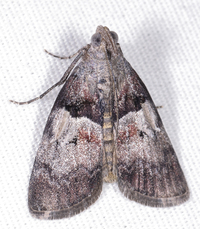 | Recorded by: John Petranka on 2023-07-06
Orange Co.
Comment: |  | Recorded by: John Petranka, David George on 2023-06-30
Orange Co.
Comment: |
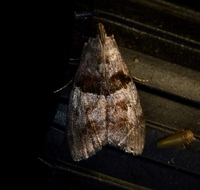 | Recorded by: David George, Stephen Dunn, Jeff Niznik on 2023-06-25
Orange Co.
Comment: | 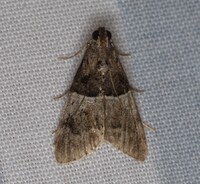 | Recorded by: Stephen Dunn on 2023-06-18
Orange Co.
Comment: |
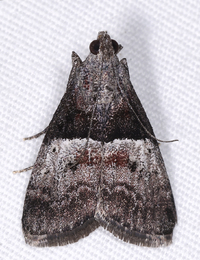 | Recorded by: Jim Petranka and John Petranka on 2023-06-14
Moore Co.
Comment: |  | Recorded by: David George, Jeff Niznik on 2023-06-10
Durham Co.
Comment: |
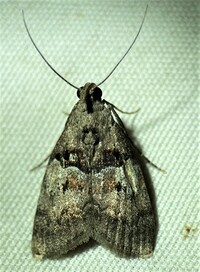 | Recorded by: Dean Furbish on 2023-06-02
Wake Co.
Comment: | 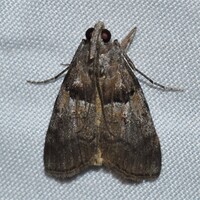 | Recorded by: David George, Jeff Niznik, Rich Teper, Erich Hofmann, Jesse Anderson on 2023-05-22
New Hanover Co.
Comment: |
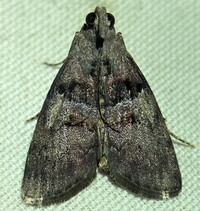 | Recorded by: Dean Furbish on 2023-05-22
Wake Co.
Comment: | 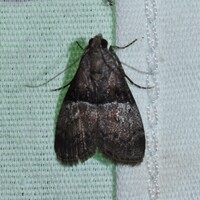 | Recorded by: David George, Jeff Niznik, Rich Teper on 2023-05-21
New Hanover Co.
Comment: |
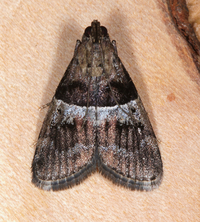 | Recorded by: Jim Petranka on 2023-05-19
Scotland Co.
Comment: | 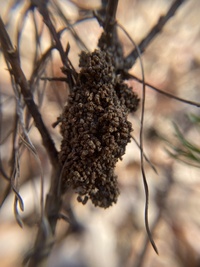 | Recorded by: David George on 2022-11-21
Orange Co.
Comment: multiple frass nests in Virginia Pine. |
 | Recorded by: Jim Petranka and Becky Elkin on 2022-10-21
Rutherford Co.
Comment: Unoccupied frass nest was on Virginia Pine. |  | Recorded by: John Petranka on 2022-09-01
Orange Co.
Comment: |
|